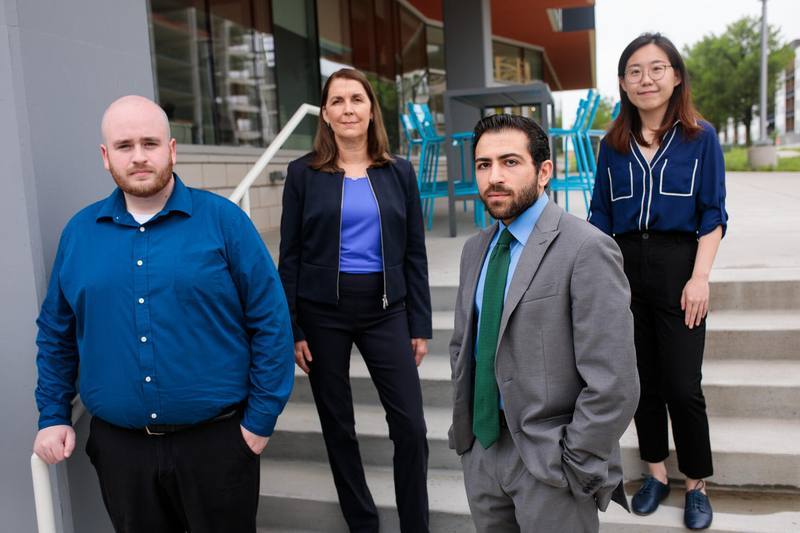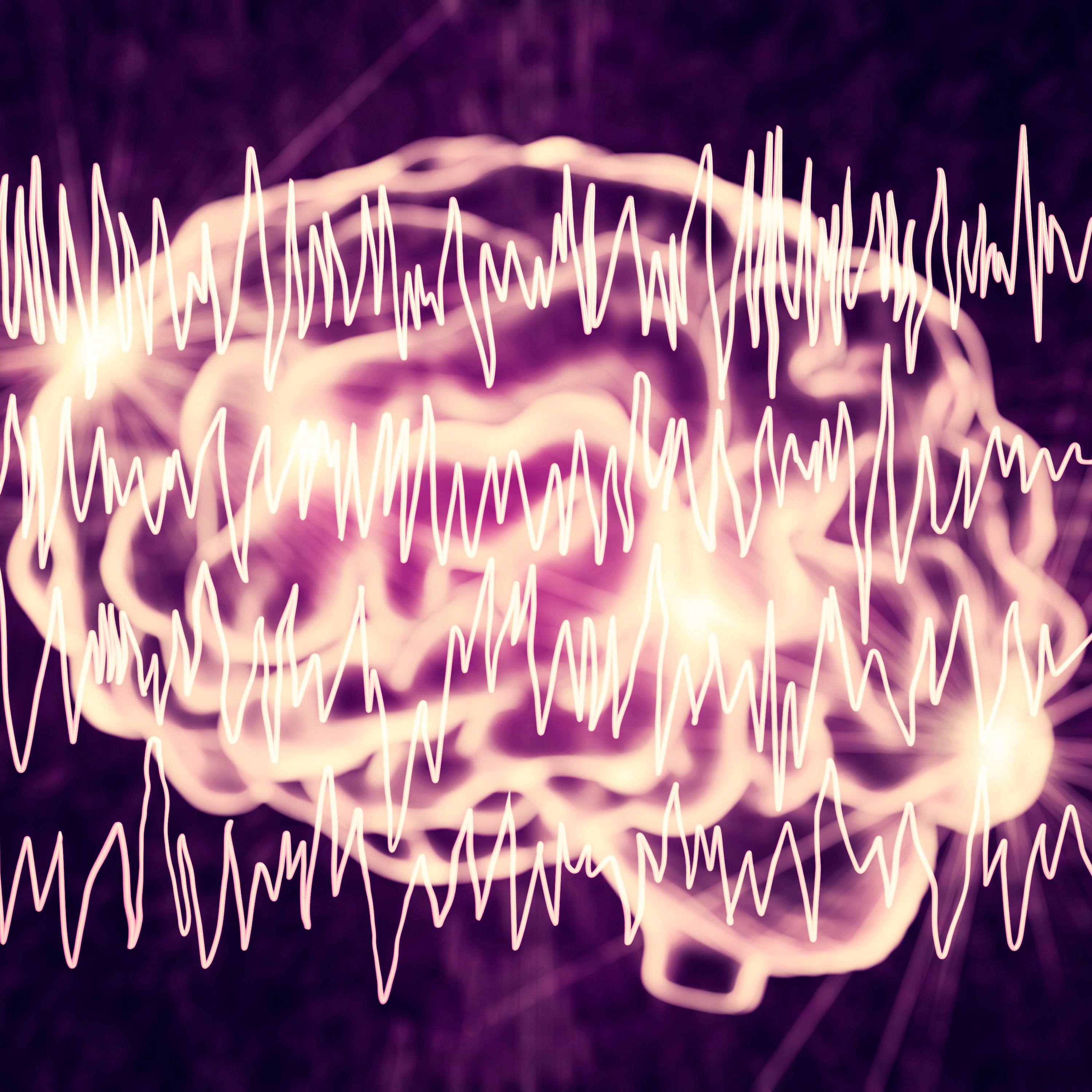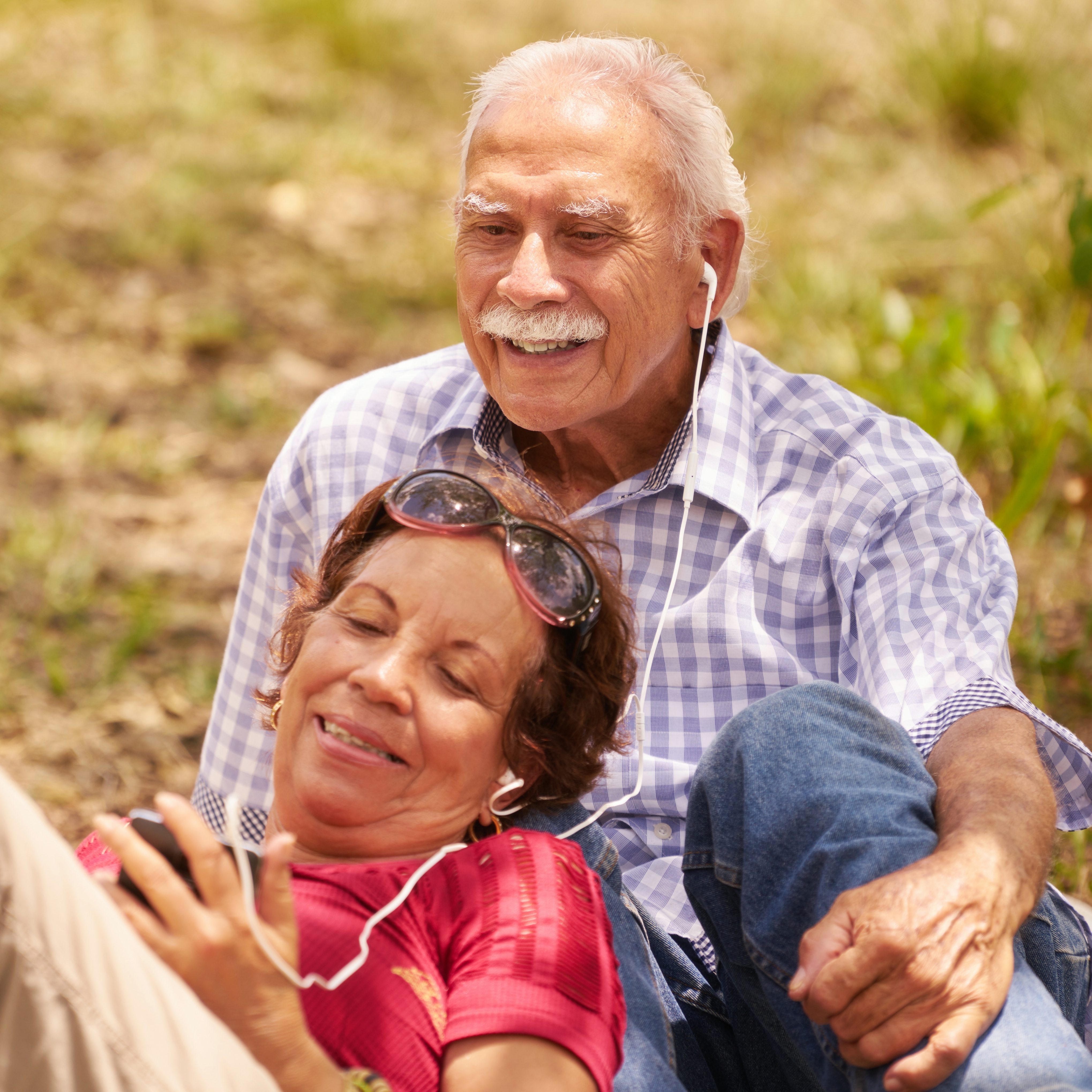-
Training scientists to rebuild health

Experts predict that regenerative medicine will transform clinical practice. A conservative estimate is that 20% of future medical and surgical solutions will involve regenerative solutions. Regenerative medicine shifts the focus of medicine from fighting disease to rebuilding health. Regenerative medicine could improve human health span — the number of disease-free years — so a person’s final years have better quality of life. It could cure diseases such as type 1 diabetes, regenerate the injured spinal cord and joints, modulate the immune system to prevent rejection of transplanted organs and introduce biomaterials that improve organ regeneration.
Already, regenerative scientists at Mayo Clinic have discovered how to reprogram cells to manufacture any cell type, use cells to regenerate tissues and organs, use stem cells to modulate the immune system to alleviate disease, use cell-free products to regenerate tissue and restore function, and use 3D printers and electrospinning technologies to create scaffolds to build new organs.
A doctoral training program
To prepare the next generation of scientists to accelerate the discovery, translation, and application of cutting-edge regenerative diagnostics and therapeutics, Mayo Clinic Graduate School of Biomedical Sciences introduced a Regenerative Sciences Track in 2021 — one of the first regenerative sciences doctoral training programs in the U.S. The inaugural class includes six Ph.D. students and three M.D.–Ph.D. students.
Approximately 80 people applied to be in the first class of the program. Isobel Scarisbrick, Ph.D., Department of Physical Medicine and Rehabilitation at Mayo Clinic in Rochester and program director of the Regenerative Sciences Track, emphasizes the diversity of the students selected, with four of nine in the first class from underrepresented backgrounds. “We need to have scientists from diverse backgrounds thinking about regenerative solutions to benefit our entire society.”
The program’s curriculum encompasses the spectrum of regenerative sciences topics: molecular and cell biology, stem cell biology, developmental biology, tissue engineering, biomaterials and nanomedicine, genome editing and gene therapies, regulatory and translational science, product development, biomanufacturing and entrepreneurship. Students can choose from labs at any Mayo Clinic location and receive full tuition, an annual graduate-level stipend and travel expenses to scientific meetings. Portions of the curriculum were trialed for several years with a cohort of students from other programs in the graduate school who were interested in regenerative sciences.
Developing the next generation of regenerative medicine scientists
Dr. Scarisbrick describes the curriculum and training in the Regenerative Sciences program as transdisciplinary.
“Leaders in regenerative sciences and medicine will need to understand various disciplines to find real regenerative solutions. Students get involved with the Mayo Clinic Center for Regenerative Medicine to understand the clinical needs and see the infrastructure necessary to move discoveries toward practice. Our program focuses on Mayo’s cure mission. Students in our program today are the scientists who will move this field forward for the benefit of patients everywhere.
Dr. Scarisbrick completed a fellowship in biochemistry at Mayo Clinic after getting a Ph.D. in biology from the University of California, Irvine, and a master’s degree in anatomy and cell biology from the University of Western Ontario in London, Ontario, Canada. Her research includes developing approaches to enhance the innate capability of the injured or diseased central nervous system to regenerate through pharmacologic, metabolic and exercise-related interventions. Her lab has identified protease-activated receptors as targets for therapies to promote neural regeneration, including stem cell expansion and myelin repair.
“Our work in neural repair and rehabilitation is exciting and significant,” she says. “But leading the Regenerative Sciences program multiplies the impact I can have on developing the next generation of regenerative medicine scientists. I’m impressed with their drive, curiosity and breadth of interests and can’t wait to see the regenerative solutions they engineer and bring to patients.”
Building lungs
Nathaniel Blackwell became interested in regenerative sciences when he was treated for an autoimmune arthritis condition. He wanted to learn how the body could repair itself. His undergraduate research adviser at Missouri University of Science and Technology had worked at Mayo Clinic before pursuing her Ph.D. He says she raved about Mayo Clinic, making him want to apply to its graduate school. One year into the inaugural class in the Regenerative Sciences program, Blackwell says he could have done 10 rotations in each of the labs he’s been interested in.
“I quickly learned that more work has been done in this field than I was aware of,” says Blackwell. “Mayo Clinic programs reflect that in the breadth of regenerative sciences work being done across disciplines. It’s such a big thing to tackle that no single group can do it all. It’s very collaborative, with scientists challenging and pushing each other forward. That breadth is reflected in our training program, which constantly enhances our formal curriculum. That’s part of what attracted me to regenerative sciences and to Mayo Clinic — a nontraditional environment that incorporates disciplines and is flexible and adaptive.”
Blackwell joined the lung development and regeneration lab of Douglas Brownfield, Ph.D., in the Division of Pulmonary and Critical Care Medicine at Mayo Clinic in Rochester. Blackwell will focus on building lung organs on chip models, working with microfluidic chips to grow cells in a controlled environment, and replicating developing and adult organs.
“I’m interested in how we replicate the biology of human organs and build realistic human tissues outside of the body,” says Blackwell. “That will help us better understand how lungs develop and regenerate. We’ll use patient-derived cells to understand disease and explore drug targets.”
Blackwell hopes he can bring valuable new perspectives to regenerative sciences work. “It feels like being on the ground floor of the computing revolution. No one understands the full potential, but they know the potential is there. Regenerative science could impact the way we think about medicine and treat disease — focusing on restoring function and quality of life instead of therapeutics. By studying tissue engineering, I can foresee working as a biomanufacturing expert who brings a viable platform for tissue engineers to grow organs in a scalable, efficient way.”

"It feels like being on the ground floor of the computing revolution. No one understands the full potential, but they know the potential is there."
-Nathaniel Blackwell
Reversing lung damage
Shan Gao also is interested in pulmonary regenerative sciences research. A member of the inaugural class and the first international student in the Regenerative Sciences program, she’s working in the lab of Stijn De Langhe, Ph.D., in the Division of Pulmonary and Critical Care Medicine at Mayo Clinic in Rochester. Gao’s focus is on understanding the reason and mechanism of controlling differentiation of mesenchymal cells after injury and controlling fibrosis in the lung.
“The damage from idiopathic pulmonary fibrosis is not reversible,” she says. “The only solution in most cases is lung transplant, but many people die waiting for donated lungs. Being able to develop a cellular therapy to reverse the damage is a way to save more lives.”
That goal is personal for Gao. Three of her grandparents died of pulmonary disease around age 60.
“I want to connect science with patient care,” says Gao, who earned a master’s degree in biotechnology from the University of Alabama at Birmingham before coming to Mayo Clinic. “I looked for a Ph.D. program with a regenerative sciences track where I could study pulmonary disease. My master’s degree mentor recommended Mayo’s program, and I learned more through online research. The beauty of the Regenerative Sciences program is that it’s tailored to each student’s research interests, which are all unique. It’s easy to pursue what you like and get the necessary support for your research. The degree of collaboration among campuses and labs is high. Everyone has been warm-hearted, and I’m so glad to be here, pursuing my research passion.”

"Being able to develop a cellular therapy to reverse the (lung) damage is a way to save more lives."
-Shan Gao
Restoring cardiac function
Armin Garmany saw how his physician parents contributed to their patients’ lives and was drawn to medicine and science. He chose the medicine path and came to Mayo Clinic Alix School of Medicine – Rochester campus in 2018. During his first year in medical school, he decided to pursue a joint M.D.–Ph.D. degree and joined the Regenerative Sciences program after his second year. He is now in the fifth year of the program — starting the third year of the Ph.D. portion of his training.
“I was impressed by the unparalleled research opportunities at Mayo Clinic and wanted to get involved in translational regenerative medicine research, which permeates throughout the institution,” says Garmany. “Caring for patients provides immediate gratification as you see patients benefit from your care. Research provides long-term satisfaction, with the opportunity to help more people as the discoveries of today may help develop next-generation therapies. Thus, I became enamored with both.Mayo Clinic has incredible physician–scientist mentors who successfully do clinical care and research. They’re helping me develop the skills needed to develop new regenerative medicine therapies.”
Garmany is involved in cardiovascular research and works in the regenerative medicine lab of Andre Terzic, M.D., Ph.D., Department of Cardiovascular Medicine, a Marriott Family Professor of Cardiovascular Research and the Marriott Family Director of the Comprehensive Cardiac Regenerative Medicine Program in the Mayo Clinic Center for Regenerative Medicine.

"There is nowhere I would rather do this than at Mayo Clinic, where I feel motivated every day to pursue translational research that can impact patients' lives."
-Armin Garmany
“Advances in medicine and science have allowed more people to survive after a heart attack,” says Garmany. “I want to further the science to improve their quality of life after a heart attack. I would like to help ensure the therapeutic proficiency of cellular therapies for cardiovascular disease, reducing the heterogeneity of the therapeutic response.
“Cellular therapy could slow the progression of — and even restore — compromised cardiac function. Mayo Clinic is a pioneer in regenerative medicine education — important today as institutions realize the imperative of training the regenerative medicine workforce. This is an exciting, expanding field that can be a disruptive innovation to improve patients’ quality of life. The Regenerative Sciences program is a great way for interested graduate and medical students to develop skills to advance the field. There is nowhere I would rather do this than at Mayo Clinic, where I feel motivated every day to pursue translational research that can impact patients’ lives.”
This article originally appeared in Mayo Clinic Alumni Magazine 2022, Issue 3.











